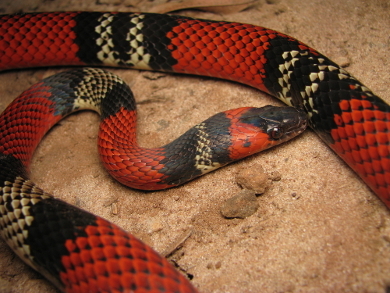THE Natural Selection Theory aims to explain how the environment acts on organisms, selecting and ensuring the survival of some individuals. It was proposed in 1859 by Charles Darwin in his book entitled the Origin of Species, where he wrote: "This preservation of favorable individual differences and variations, and the destruction of harmful ones I have called Natural Selection or Survival of the Fittest."
According to this theory, some living beings have characteristics that ensure their survival in a given environment. The pressure of the environment would, therefore, be responsible for selecting those most apt to live in the place.
The “selected” individuals would have more chances to reach adulthood and, consequently, reproduce. This fact would increase the number of descendants with the advantageous trait and would decrease the number of individuals with unfavorable traits.
Therefore, Natural Selection guarantees that in the environment only organisms with favorable characteristics remain and reproduce. It is important to emphasize that the favorable characteristics cannot be confused with strength, since the strongest is not always the most adapted to live in a given place.
Imagine that in one place there are several butterflies with varied colors, some with showy colors and others that easily camouflage in the vegetation. Those with strong colors are more visible and, thus, are more easily ingested by predators. Those that camouflage themselves have a lower chance of being preyed upon, which enables their development and the generation of offspring. Over time, there will be a larger population of butterflies with discrete colors and the total elimination of the which have showy colors, since this is a disadvantageous characteristic and favors the predation.
Note that, in the example above, the mechanism is quite simple, requiring only a few factors for natural selection to act:
- Different characteristics between individuals;
- Differentiated reproduction: Organisms with some peculiarities reproduce more frequently;
- Heredity: Transmission of a particular characteristic to descendants.

False coral is similar in color to true coral, thus keeping away predators.
We can now see several examples of the action of natural selection. Among them, we can mention the orchids that resemble wasps, favoring the attraction of pollinators, and false corals, which have a color similar to the true coral, which is quite dangerous.
Natural selection is believed to play an important role with regard to the evolution of species, but it is not the only point to be considered when evaluating the changes that occur in the organisms. In addition to natural selection, migration and mutation, for example, can be considered mechanisms that promote evolution.
By Ma. Vanessa dos Santos


